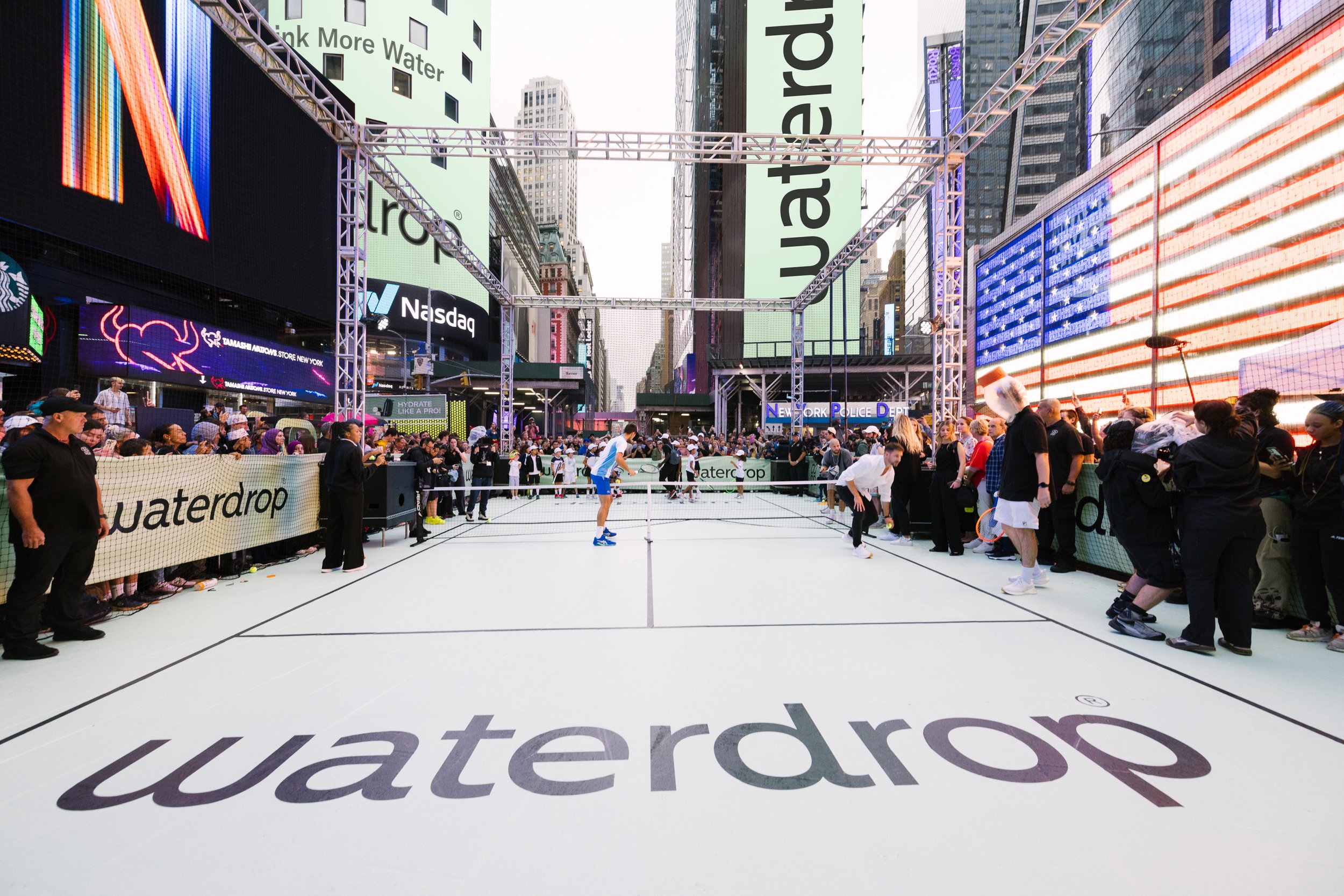Conquering Challenges in the Craft of Video Projection Projection Mapping Execution
Wiki Article
Video projection mapping technology is an innovative method that transforms common surfaces into dynamic presentations. This technique enables artists and design professionals to project images and footage onto items like structures, sculptures, or stages, creating an immersive aesthetic encounter. However, despite its capabilities, executing video projection mapping effectively comes with several challenges. Understanding and addressing these hurdles is crucial for anyone looking to create memorable projection art.
One of the primary difficulties in video projection mapping is ensuring that the projected graphic matches perfectly with the object. This procedure, known as "mapping," demands precise calculations and calculations. If the projection is not matched properly, the visuals can look distorted or misplaced. To address this issue, artists often use specialized software that helps in mapping the visuals to the object's dimensions. Moreover, conducting thorough tests before the ultimate projection can help identify any discrepancies and allow for adjustments to be made.

Another major obstacle is the different brightness and hue of the projected images. Different materials react variously to light, which can influence how the colors look once cast. For instance, a light-colored material will bounce brightness differently than a deep one. To overcome this, creators must consider the material properties before choosing the hues and brightness for their displays. Testing the projection on the actual surface during the planning phase can provide essential insights into how the ultimate presentation will look.
Technological difficulties can also pose a hurdle in video projection mapping. Problems such as equipment malfunction, software glitches, or network issues can disrupt the entire project. To reduce these risks, it is thematic projection mapping vital to conduct comprehensive equipment inspections and have backup plans in position. This can comprise having additional cables, projectors, and even backup software options ready to go. Being ready for technical issues can ensure a smoother execution of the display.
Finally, viewers' engagement is an important aspect of video projection mapping. While the graphics are critical, how the audience interact with the display can make a big difference. Creators must consider about how to create their displays to captivate viewers’ attention and promote interaction. This can involve incorporating elements that invite engagement or create a story that connects with the viewers. Gathering input from test viewers can also help enhance the show to improve engagement.
In summary, overcoming challenges in video projection mapping requires careful preparation and innovation. By tackling the issues of matching, luminosity, technological problems, and viewer engagement, artists can create spectacular and impactful projections. With the appropriate approaches in position, video projection mapping can change common areas into remarkable encounters, engaging browse around here viewers and leaving a lasting impact.